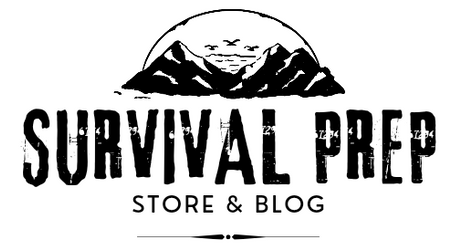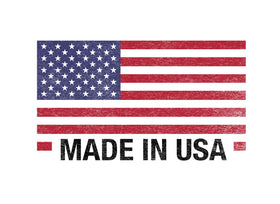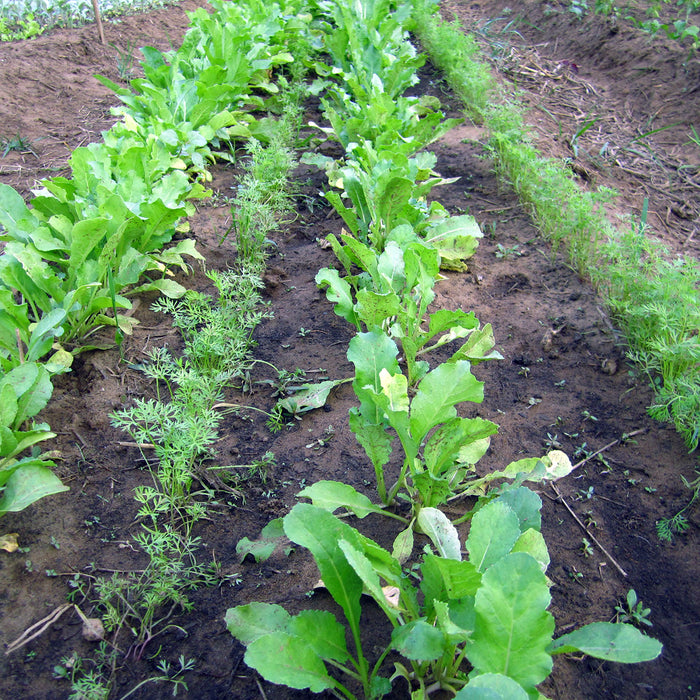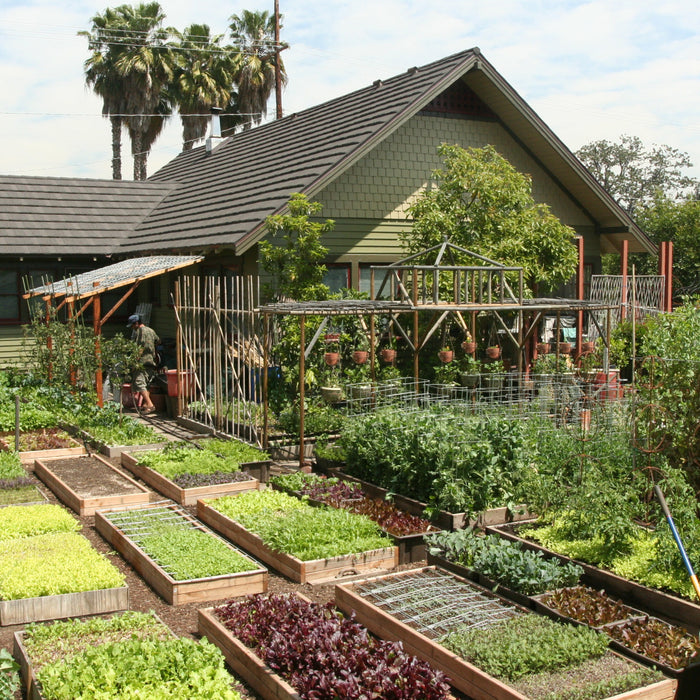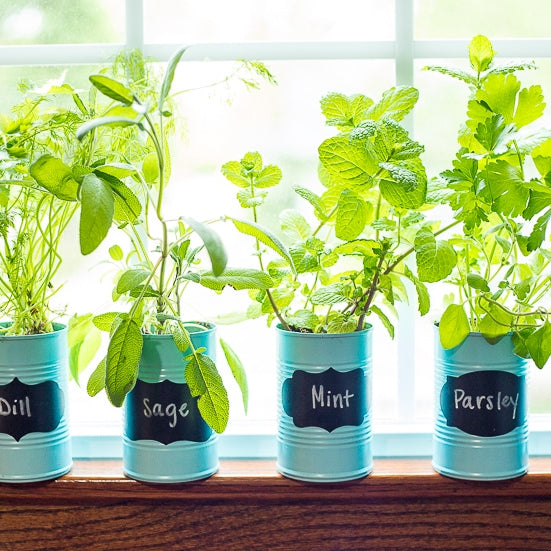
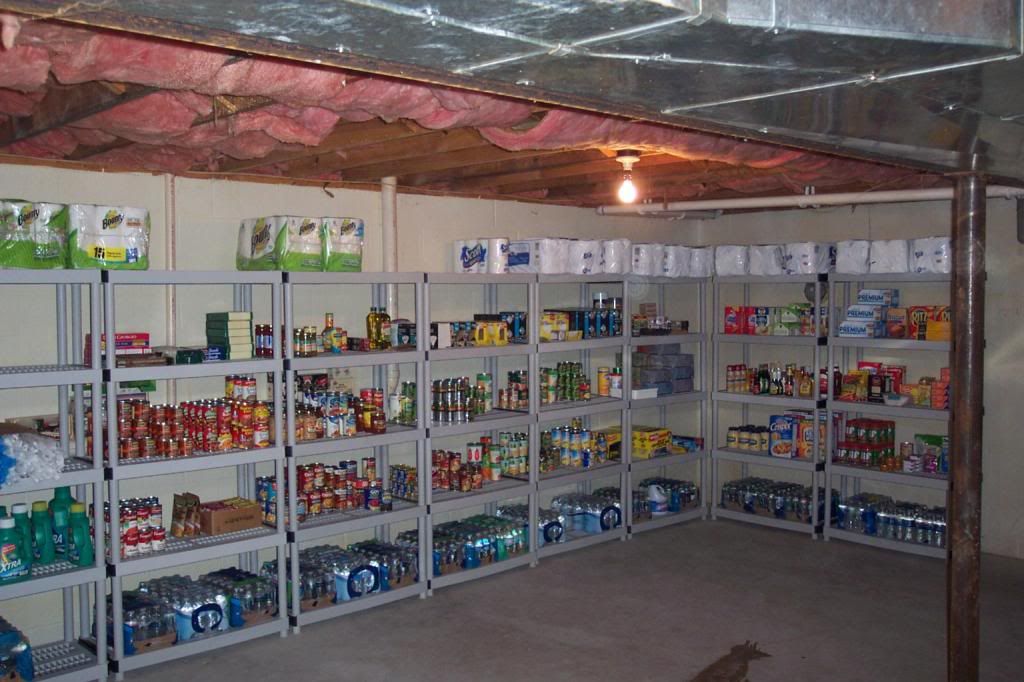
Doomsday Prepper's Guide: Choose the Right Storage Location for Your Supplies
Choosing the right storage location is crucial for any prepper. It is not just about keeping the supplies safe, but also about having them easily accessible in case of an emergency. In this chapter, we will discuss the factors you need to consider when choosing the right storage location for your prepper supplies. We will also provide examples of suitable storage locations and explain why they are ideal.
Factors to Consider
When choosing a storage location, there are several factors to consider. These factors will help you determine the best location for your supplies.
Temperature:
According to the United States Department of Agriculture (USDA), proper food storage is important for food safety and quality. The USDA recommends storing canned goods in a cool, dry place at temperatures between 50 to 70 degrees Fahrenheit. Additionally, they suggest storing batteries at room temperature, around 68 to 77 degrees Fahrenheit, to help maintain their performance. You can find more information on food storage and safety at the USDA's website: https://www.usda.gov/topics/food-safety/food-storage-safety
It's essential to choose a location that is cool and dry, such as a closet or a basement. These locations are typically not affected by temperature fluctuations, and the temperature is often stable throughout the year. If you live in an area with extreme temperature variations, you might need to consider additional temperature control measures, such as insulating the storage area or installing air conditioning.
Humidity:
According to the Federal Emergency Management Agency (FEMA), humidity is a crucial factor to consider when selecting a storage location for prepper supplies. High humidity levels can cause mold, mildew, and rust to form on supplies, which can affect their effectiveness and shelf life. In addition, high humidity can cause food items to spoil quickly and impact the quality of medical supplies.
FEMA recommends storing supplies in a location with a humidity level of 50% or less to prevent moisture buildup. To ensure that the humidity level is within the acceptable range, they suggest using a dehumidifier or moisture absorber. These tools can help keep the air dry and prevent moisture from accumulating on your supplies. For more information on disaster preparedness, including tips on storing emergency supplies, visit FEMA's website: https://www.ready.gov/
Ideally, you want a location with a humidity level of 50% or less. To ensure the humidity level is within the acceptable range, you might need to invest in a dehumidifier or moisture absorber. These tools can help keep the air dry and prevent moisture from accumulating on your supplies.
Sunlight:
The Centers for Disease Control and Prevention (CDC) recommends protecting prepper supplies from direct sunlight, as it can cause damage to various materials. Ultraviolet (UV) rays from sunlight can break down plastic and other materials, causing them to lose their effectiveness. In addition, direct sunlight can cause food items to spoil more quickly.
To ensure the longevity and effectiveness of prepper supplies, the CDC suggests storing them in a location that is shielded from direct sunlight. If direct sunlight exposure is unavoidable, they recommend using light-blocking curtains or coverings to protect your supplies. For more information on emergency preparedness, including tips on how to store and protect emergency supplies, please visit the CDC's website: https://www.cdc.gov/phpr/readywrigley/preparedness-supplies.htm
Accessibility:
In addition to the factors mentioned above, it's crucial to choose a storage location that is easily accessible. You want to be able to quickly access your prepper supplies when you need them, especially during an emergency situation. If your supplies are stored in a location that is difficult to access, it can cause unnecessary delays, which can be detrimental during an emergency.
When choosing a storage location, consider how easy it is to reach and move around in the space. Ensure that the storage location is not too cramped, and there is enough space to store your supplies. Also, make sure that the storage location is easily accessible in case of an emergency. You should be able to reach your supplies quickly and easily, even if the power is out or there is limited lighting.
If you're storing your supplies in a closet, make sure that the shelves are easily reachable, and there is enough room to move around in the closet. If you're using a spare room or garage, ensure that the room is not too cluttered and there is enough space to store your supplies.
You can also consider labeling your supplies and creating an inventory list, which can help you quickly find what you need. This can be especially helpful during an emergency when you might not have time to search through all your supplies.
In summary, when choosing a storage location for your prepper supplies, accessibility is an important factor to consider. Ensure that the location is easily reachable, there is enough space to store your supplies, and the location is easily accessible in case of an emergency. By considering these factors, you can ensure that your supplies are ready for use when you need them.
Examples of Suitable Storage Locations
Closet:
Closets can be a great option for storing prepper supplies, particularly if you have limited space in your home. Closets are usually located inside your home, which makes them easily accessible in case of an emergency. They are also often climate-controlled, which can help to keep your supplies at a consistent temperature and humidity level.
Gracious Living 5 Shelf Knect-A-Shelf Ventilated Extra Heavy Duty Storage Unit 24 x 36 x 72
However, there are some cons to storing your prepper supplies in a closet. For one, closets are usually not very spacious, which means you may have to be creative when it comes to storing your supplies. You may need to invest in storage solutions such as shelves or hanging organizers to maximize the space available. Additionally, closets are often located in the main living areas of your home, which means that they may not be the best option if you are worried about keeping your supplies hidden or out of sight.
When it comes to food quality, storing your prepper supplies in a closet can be a bit of a challenge. Because closets are typically not very large, it can be difficult to control the temperature and humidity levels. This can be particularly problematic if you live in an area with extreme weather conditions. You may need to invest in a dehumidifier or heater to keep the closet at a consistent temperature and humidity level. It's also important to store food items in airtight containers to prevent moisture from accumulating on the food.
Basement:
Basements are a popular choice for storing prepper supplies because they are often cool, dry, and provide a lot of space. They are also easily accessible in most homes. However, basements can be prone to flooding and high humidity, which can affect the quality of your supplies. If you live in an area that is prone to flooding, it's important to take measures to protect your supplies, such as storing them on shelves or pallets to keep them off the ground. Additionally, if your basement is damp, you may need to invest in a dehumidifier to keep the humidity levels in check.

Food quality can also be affected by the location in which it is stored. In basements, for example, it's important to store food items on shelves or in containers to prevent moisture from accumulating on the food. This can lead to spoilage and a reduction in quality. It's also important to keep an eye on the temperature in your basement, as temperatures that are too low or too high can cause food to spoil quickly.
Spare room :
Spare rooms can be an excellent choice for storing prepper supplies because they are often climate-controlled and provide ample space. Spare rooms can also be easily accessed in most homes. However, spare rooms can be expensive to set up, as they may require the installation of shelves, cabinets, or other storage solutions. Additionally, spare rooms can be affected by temperature fluctuations if they are located near windows or external walls.
Food quality can also be affected by the location in which it is stored in a spare room. It's important to ensure that the room is not too warm or too cold, as this can cause food to spoil quickly. It's also important to ensure that the room is well-ventilated to prevent moisture from accumulating on food items.
Garage:
Garages can be a popular option for prepper storage, especially for those who have larger or bulky items that they need to store. Garages are often spacious and can accommodate items such as vehicles, camping gear, and emergency supplies. They are also generally detached from the main living areas of your home, which can be beneficial if you are concerned about security or want to keep your supplies out of sight.
However, there are some cons to storing your prepper supplies in a garage. One of the main concerns is temperature control. Garages are typically not insulated, which means that they can become very hot in the summer and very cold in the winter. This can be detrimental to your supplies, particularly food items, which can spoil or lose their nutritional value if not stored at the right temperature. You may need to invest in heating or cooling systems to regulate the temperature and humidity levels in your garage.
Another concern with storing prepper supplies in a garage is security. Garages are often targeted by thieves, especially if they contain valuable items such as tools, bicycles, or emergency supplies. You may need to invest in additional security measures such as a sturdy lock, security cameras, or an alarm system to protect your supplies.
When it comes to food quality, storing your prepper supplies in a garage can be challenging. It's important to store food items in airtight containers and to rotate your stock regularly to ensure that your supplies are fresh and free from contamination. You may also need to invest in temperature-controlled storage solutions such as a mini-fridge or freezer to maintain the quality of your food items.
In conclusion, garages can be a good option for prepper storage, especially for those with larger or bulkier items. However, temperature control and security can be challenging.

Going More in Depth about Temperature....
Temperature is one of the most important factors to consider when it comes to storing doomsday supplies, especially when it comes to food. In general, food should be stored in a cool, dry place with a temperature between 50 and 70 degrees Fahrenheit. If the temperature is too high, food can spoil or go bad more quickly, and if the temperature is too low, it can cause certain foods to freeze or become damaged.
Is Canned Food Safe to Eat After it's been Frozen?
Canned food, in particular, can be affected by temperature extremes. While it is generally safe to eat canned food that has been frozen, the quality of the food may be compromised. When food freezes, it can expand and cause the can to become damaged, which can lead to contamination. Additionally, the texture and flavor of the food may be affected, making it less appetizing.
Another issue to consider is the shelf life of canned food. Canned food can last for a long time if stored properly, but high temperatures can reduce the shelf life of the food. Temperatures above 70 degrees Fahrenheit can cause the food to spoil more quickly, leading to a loss of flavor and nutrients. It's important to rotate your canned food regularly and check expiration dates to ensure that you are using the food before it goes bad.
When it comes to other types of food, such as grains, beans, and other dried goods, temperature can also affect the shelf life and quality of the food. High temperatures can cause these items to go rancid more quickly, leading to a loss of flavor and nutrients. It's important to store these items in a cool, dry place and to use them before they become stale or lose their flavor.
In summary, temperature is a critical factor to consider when storing prepper supplies, especially when it comes to food. Canned food can be affected by freezing and high temperatures, and it's important to rotate your food regularly and check expiration dates to ensure that you are using it before it goes bad. Other types of food, such as grains and beans, can also be affected by temperature, and it's important to store them in a cool, dry place to maintain their quality and shelf life.
How Can You Tell if Canned Food is Bad?
Canned food that has gone bad may show visible signs of spoilage, such as bulging or dented cans, leaking or rusted cans, or visible mold on the surface of the food. However, not all signs of spoilage are visible, and some canned food may appear to be in good condition but still be unsafe to eat.

To determine if canned food has gone bad, you can use your senses of sight, smell, and taste. If the food has an unusual or foul odor, a strange color, or a strange texture, it may be spoiled. If you taste the food and it has a sour or unpleasant taste, it is best to discard it.
It's also important to check the expiration date on the can before opening it. If the food is past its expiration date, it may have lost its flavor or nutritional value, but it may still be safe to eat. However, if the can shows signs of damage or has been stored improperly, it may be unsafe to consume even if it is within its expiration date.
In general, if you are unsure if canned food is safe to eat, it is better to err on the side of caution and discard it. Eating spoiled food can lead to food poisoning and other health issues, so it's important to take proper precautions when storing and consuming canned food.
-
A bulging can or lid, or a broken seal
-
A can or lid that shows signs of corrosion
-
Food that has oozed or seeped under the jar’s lid
-
Gassiness, indicated by tiny bubbles moving upward in the jar (or bubbles visible when you open the can)
-
Food that looks mushy, moldy, or cloudy
-
Food that gives off an unpleasant or disagreeable odor when you open the jar
-
Spurting liquid from the can or jar when you open it
Botulism poisoning can be fatal. Because botulism spores have no odor and can’t be seen, you can’t always tell which jars are tainted. If you suspect that a jar or can of food is spoiled, never, never, never taste it. Dispose of the food responsibly.
Choosing the right storage location for your prepper supplies is critical to their longevity and effectiveness. By considering factors such as temperature, humidity, sunlight, and accessibility, you can find the best location for your supplies. Whether you choose a closet, basement, spare room, or garage, make sure to keep your supplies organized and easily accessible in case of an emergency.
Recommended Posts
- How to Build a Bug Out Bag for Kids: Tips and Tricks
- 10 Survival Skills Every Kid Should Know
- Food prices are about to skyrocket even more; Prepare for a 'famine,' followed by housing crash, then equities wipeout - Michael Gayed
- South Threatened by Severe Weather After Texas Tornado Disaster: How to Prepare.
- The Ultimate Guide to Radiation Water Filters: How They Work
